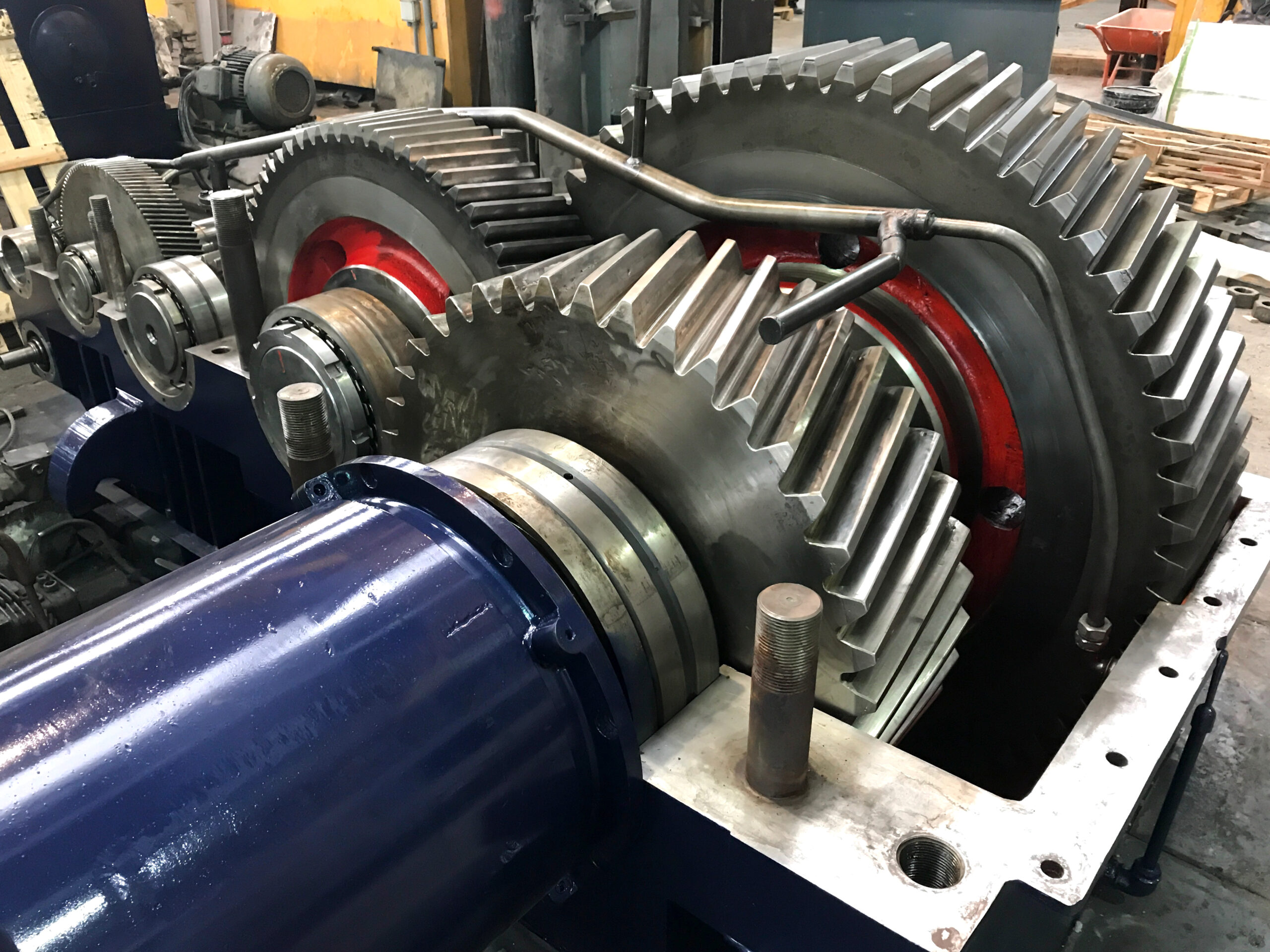How can vibration monitoring prevent gearbox failures?
Discover how vibration monitoring helps prevent gearbox failures, saving time, money, and reducing downtime with early detection of mechanical issues.

Gearboxes are crucial components in many industrial machines, from manufacturing equipment to automotive systems. When a gearbox fails, it can lead to significant downtime, costly repairs, and potential safety risks. One of the most effective ways to prevent these failures is through vibration monitoring. This technology allows operators to detect issues early, potentially saving a lot of time and money. Additionally, vibration monitoring can reduce the need for costly industrial gearbox repairs by catching problems before they become major failures. In this article, we’ll explore how vibration monitoring can help prevent gearbox failures and keep your machinery running smoothly.
What Is Vibration Monitoring?
Vibration monitoring is the process of measuring and analyzing vibrations produced by machinery, such as gearboxes. By using sensors and diagnostic equipment, vibrations are tracked over time. These vibrations can provide valuable insights into the health of mechanical components. In the case of gearboxes, abnormal vibration patterns often indicate underlying issues like misalignment, wear, or imbalance. By regularly monitoring these vibrations, you can identify problems before they escalate into costly failures.
Why Gearbox Failures Occur
Before we dive into how vibration monitoring can help, it's important to understand why gearboxes fail in the first place. Gearbox failure can happen due to several reasons, including:
- Wear and Tear: Over time, the moving parts inside a gearbox naturally wear down, leading to reduced performance and, eventually, failure.
- Misalignment: If the gears or shafts in a gearbox are not aligned properly, it can cause excessive wear and strain on the components.
- Lubrication Issues: Insufficient or degraded lubrication can lead to friction, overheating, and eventual failure.
- Overloading: If a gearbox is subjected to loads beyond its capacity, it can lead to immediate or gradual damage to the internal parts.
By monitoring vibrations, it's possible to detect these problems before they cause a complete breakdown.
How Vibration Monitoring Works
Vibration monitoring relies on sensors placed on or near the gearbox. These sensors pick up vibrations that are caused by the mechanical movements within the gearbox. The data collected is then analyzed to identify unusual patterns. Commonly used sensors include accelerometers and velocity sensors, which measure the amplitude and frequency of the vibrations.
The data is analyzed in real-time or recorded for future analysis. Advanced software can detect specific vibration frequencies that correspond to different mechanical issues. For instance, a constant increase in vibration might indicate an imbalance in the gearbox, while irregular vibration spikes could signal misalignment.
Early Detection of Gearbox Issues
One of the key benefits of vibration monitoring is early detection. With continuous monitoring, problems can be spotted in the early stages, long before they lead to gearbox failure. For example, an imbalance or misalignment in the gears will cause vibrations that are different from normal operating conditions. By identifying these vibrations early, maintenance teams can address the issue before it leads to more severe damage.
Preventing Catastrophic Failures
Another significant advantage of vibration monitoring is the ability to prevent catastrophic failures. Gearbox failure can be disastrous for a production line or a piece of heavy machinery. Not only can it cause lengthy downtime, but it can also lead to the need for expensive repairs or replacements. By catching small issues early through vibration analysis, it's possible to replace worn parts or perform repairs before the gearbox fails completely.
How Vibration Data Can Be Interpreted
Vibration data alone is not enough to prevent failures. It requires expertise to analyze the data and interpret it correctly. Engineers and technicians use vibration frequency analysis to detect patterns that suggest potential issues. For example, a specific frequency may indicate a gear tooth fracture, while a different frequency might point to bearing wear. Advanced algorithms and diagnostic tools can help pinpoint the exact cause of abnormal vibrations, allowing for targeted maintenance or repairs.
Monitoring Gearbox Health Over Time
Continuous vibration monitoring provides a long-term view of a gearbox's health. Rather than reacting to issues as they arise, operators can take a proactive approach to maintenance. By tracking vibration trends over time, it's easier to spot gradual deterioration or changes that may indicate an upcoming failure. This data can also help optimize maintenance schedules, ensuring that gearboxes are serviced at the right intervals to prevent issues from worsening.
Vibration Monitoring in Preventive Maintenance Programs
Incorporating vibration monitoring into a preventive maintenance (PM) program can improve the overall reliability of your machinery. By using vibration analysis to monitor gearboxes, technicians can predict when maintenance is needed based on the condition of the gearbox, rather than relying solely on fixed intervals. This approach minimizes downtime and reduces unnecessary maintenance costs. Regular vibration checks can help avoid unexpected gearbox failures, ensuring that the equipment operates efficiently.
Cost-Effectiveness of Vibration Monitoring
While the initial investment in vibration monitoring equipment and software may seem costly, the long-term benefits far outweigh the expense. Preventing gearbox failures reduces costly repairs and replacements, as well as production downtime. When you prevent a failure before it happens, you're saving money in the long run. Additionally, vibration monitoring systems often come with features like remote monitoring, allowing maintenance teams to detect issues without being physically present, which further saves time and resources.
Conclusion
Vibration monitoring is an essential tool in modern machinery maintenance. By continuously tracking the vibrations within a gearbox, operators can identify issues like misalignment, wear, and imbalance before they lead to major failures. This proactive approach to maintenance not only prevents costly repairs but also extends the lifespan of the gearbox. Whether in industrial applications or automotive systems, vibration monitoring is a key factor in keeping gearboxes functioning properly and ensuring that machines stay operational.
What's Your Reaction?













